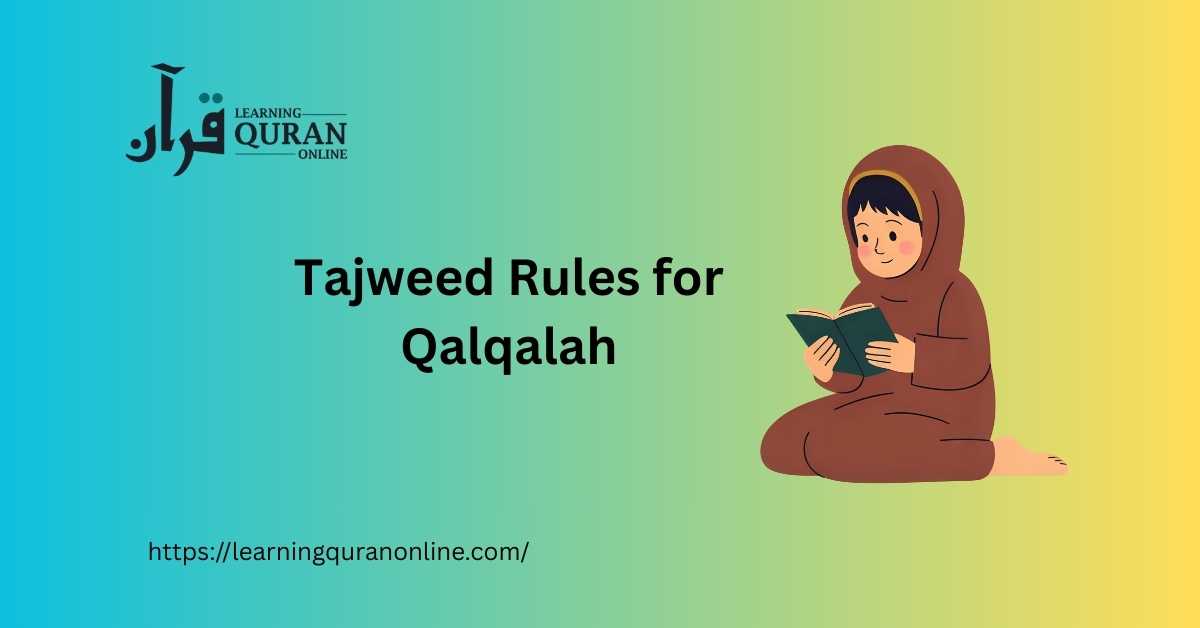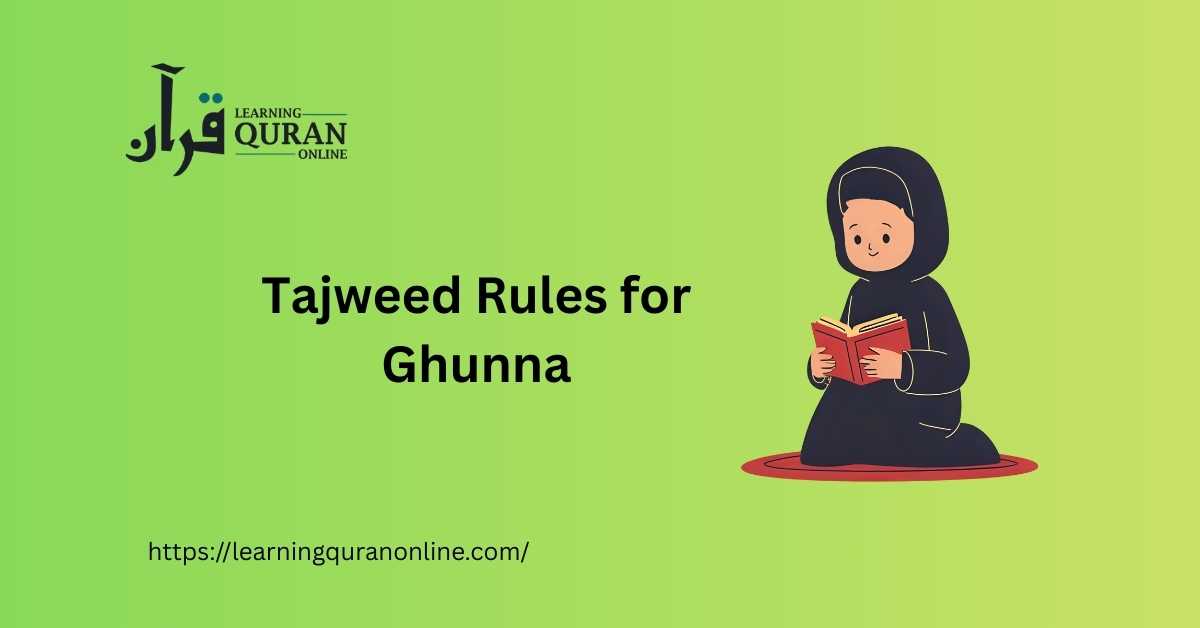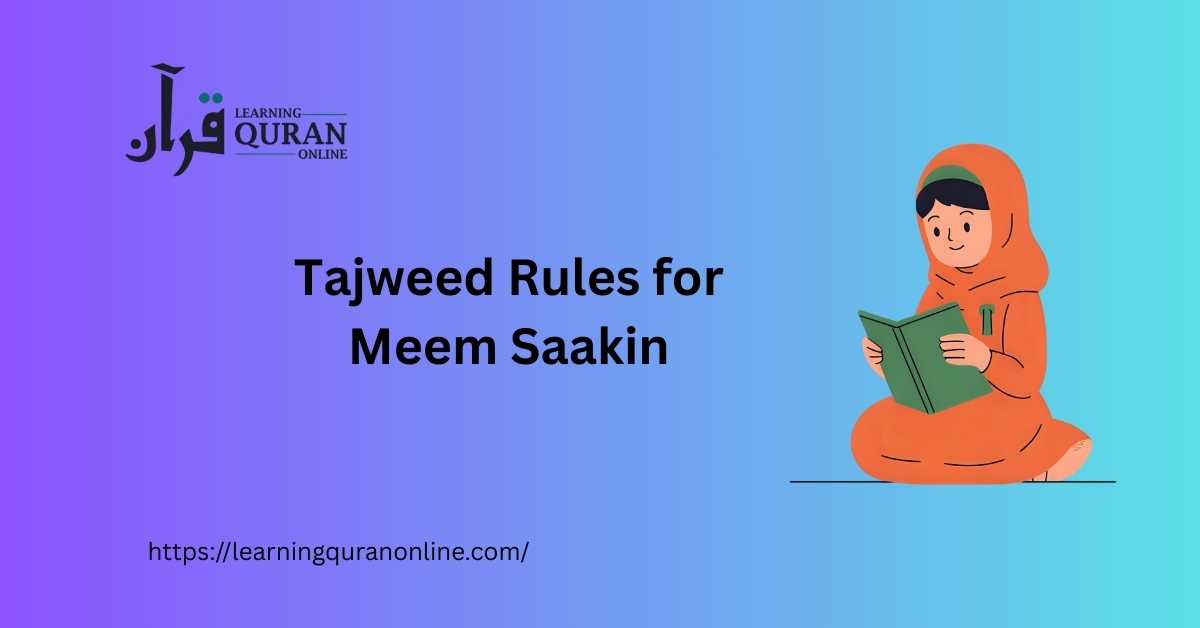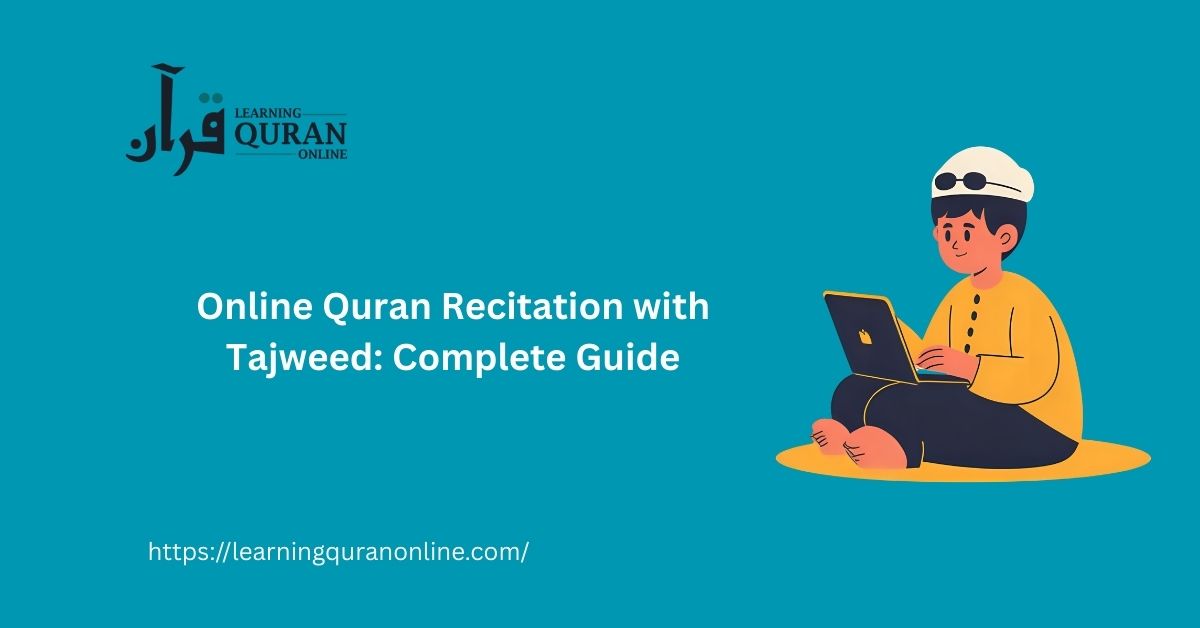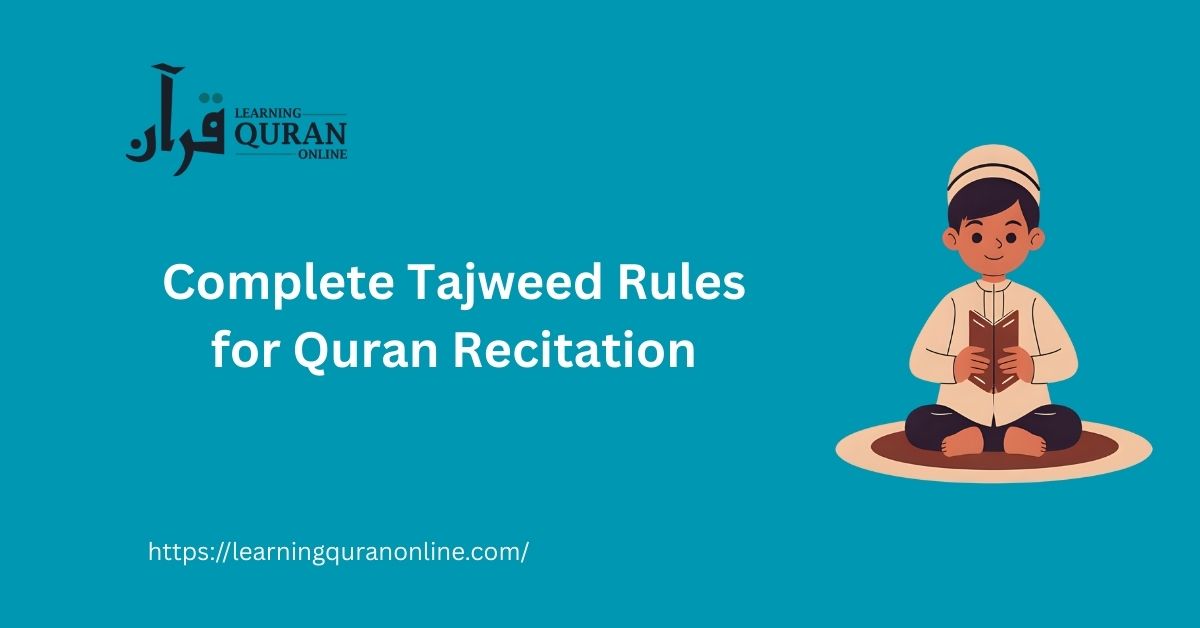Table of Contents
ToggleWhy Tajweed Rules for Noon Saakin and Tanween Matter
Tajweed is the science of Quranic recitation which defines the correct articulation points (makhraj), qualities (sifat), rules of nasalization (ghunnah), and other principles. Noon Saakin and Tanween are frequent in Arabic and in the Quran. Mistakes with these can change the sound and sometimes the meaning. Learning these rules develops accuracy in recitation, helps internalize correct tajweed, and prevents common errors such as incorrect merging, over- or under-nasalization, and wrong articulation.
Overview — The Four Tajweed Rules for Noon Saakin and Tanween
When a Noon Sakin (نْ) or Tanween (ً ٍ ٌ) is followed by another letter, one of four rulings applies:
- Izhar (إظهار) — clear articulation
- Idgham (إدغام) — merging of sounds
- Iqlab (إقلاب) — conversion (change to Meem sound)
- Ikhfa (إخفاء) — partial hiding with nasalization
1. Izhar — Clear Pronunciation
Izhar means “to make clear” — the Noon Sakin or Tanween is pronounced clearly and distinctly without nasalization (ghunnah) when it is followed by any of the six throat letters. The throat letters (huruf al-halq) are: ء (hamza), ه (ha), ع (ayn), ح (ha’), غ (ghayn), خ (kha).
Key points for Izhar:
- There is no nasal sound (no ghunnah).
- Pronounce the noon or tanween with full clarity from its makhraj (the tip of the tongue touching the upper front teeth / alveolar ridge) then move to the throat letter.
- Example: “مِنْ أَهْلِ” (min ahli) — pronounce the نْ clearly before أ.
2. Idgham — Merging
Idgham means “to merge.” When Noon Sakin or Tanween is followed by one of six specific letters, the noon sound is merged into the following letter. The six idgham letters are commonly remembered by the mnemonic word يَرْمَلُونَ (yarmaloon): ي (ya), ر (ra), م (meem), ل (lam), و (waw), ن (noon).
Idgham is subdivided into:
- Idgham with Ghunnah (nasalization): when followed by ي، و، م، ن (ya, waw, meem, noon). The noon is merged and a nasal sound of two counts (ghunnah) is kept.
- Idgham without Ghunnah: when followed by ل or ر (lam or ra). In this case the noon merges into the following letter but without ghunnah.
Examples:
- Idgham with ghunnah: “مِنْ يُؤْمِنُونَ” (min yu’minoon) — noon merges into ya with ghunnah.
- Idgham without ghunnah: “مِنْ لَدُنْ” (min ladun) — noon merges into lam without ghunnah.
Tajweed Rules for Stopping and Starting
3. Iqlab — Conversion to Meem
Iqlab literally means “to change.” This rule applies only when Noon Sakin or Tanween is followed by the letter ب (ba). The noon sound is converted into a Meem (م) sound and pronounced with ghunnah (nasalization) of two counts. Instead of pronouncing a noon, you pronounce a nasalized meem.
Example:
- “مِنْ بَعْدِ” (min ba’di) is pronounced “mim-ba’di” with nasalization on the meem.
4. Ikhfa — Concealment with Nasalization
Ikhfa means “to hide.” When Noon Sakin or Tanween is followed by one of the remaining 15 letters, the noon is not pronounced clearly nor fully merged; rather it is partially hidden and pronounced with a nasal sound (ghunnah) lasting two counts. The tongue does not touch the place of noon’s makhraj fully; the sound is “between” the noon and the following letter.
The 15 letters of Ikhfa are: ت ث ج د ذ ز س ش ص ض ط ظ ف ق ك
Example:
- “مِنْ سَبِيلٍ” (min sabilin) — noon is concealed with nasalization before the letter س (seen).
How to Identify Which Rule Applies — Quick Checklist
To decide which Tajweed rule for Noon Saakin and Tanween applies, follow this simple step-by-step approach:
- Look at the letter immediately after the Noon Sakin or Tanween.
- If it is one of the six throat letters (ء ه ع ح غ خ) → Izhar (clear).
- If it is the letter ب (ba) → Iqlab (convert to meem with ghunnah).
- If it is one of the six letters ي ر م ل و ن (yarmaloon) → Idgham (merge). Then decide if ghunnah applies (ي، و، م، ن) or not (ل، ر).
- If it is any of the remaining 15 letters → Ikhfa (hide with ghunnah).
Complete Tajweed Rules for Quran Recitation
Tips to Perfect Pronunciation — Practice Strategies
Mastering noon sakin and tanween rules requires listening, repeating, and conscious correction of articulation points (makhraj) and characteristics (sifat). Here are practical ways to improve:
- Listen to skilled reciters (Qurra) known for correct tajweed and mimic their pronunciation slowly.
- Practice the four rules using isolated word pairs, then short phrases, then complete verses.
- Use slow audio and repeat until you can produce the correct ghunnah (nasalization) for two counts where required.
- Record yourself and compare with a qualified reciter to spot differences in ghunnah, merging, and clarity.
- Learn and feel the makhraj: ensure proper tongue placement for noon, meem, lam, ra, and the throat letters.
- Work with a qualified Tajweed teacher or enroll in an online tajweed course for regular correction and guidance.
Common Mistakes to Avoid
- Mixing up Idgham with and without ghunnah — e.g., giving ghunnah where lam or ra follow.
- Over-nasalizing during Ikhfa or Idgham — practice the two-count ghunnah length precisely.
- Not converting noon to meem for Iqlab when followed by ba.
- Confusing Izhar throat letters with other letters — always check the immediate letter after the noon or tanween.
Tajweed Mistakes Beginners Make
Examples from the Quran — Build Recognition
Practicing with real Quranic verses helps you recognize these rules in natural recitation. Start with short surahs and highlight instances of Noon Sakin and Tanween, then classify each case as Izhar, Idgham, Iqlab, or Ikhfa. Repeat the verse slowly while applying the rule and then gradually increase speed.
Tools and Resources
Use audio-enabled Quran apps, tajweed workbooks, and tajweed videos that isolate rules for Noon Saakin and Tanween. Joining regular tajweed classes — whether in-person or via an Online Quran Learning Academy — provides structured practice and live corrective feedback. For online learners, consider platforms that offer one-on-one tajweed tutoring with certified teachers.
Conclusion — Consistency is Key
The Tajweed Rules for Noon Saakin and Tanween may seem intricate at first, but with systematic study, listening practice, and regular correction, they become natural parts of your recitation. Remember the four rules — Izhar, Idgham, Iqlab, Ikhfa — and the letters associated with each. Practice slowly, focus on makhraj and ghunnah, and check your recitation against qualified reciters. If you’d like guided lessons to master these rules, Learning Quran Online offers tajweed-focused classes with experienced teachers who can correct and accelerate your learning.


